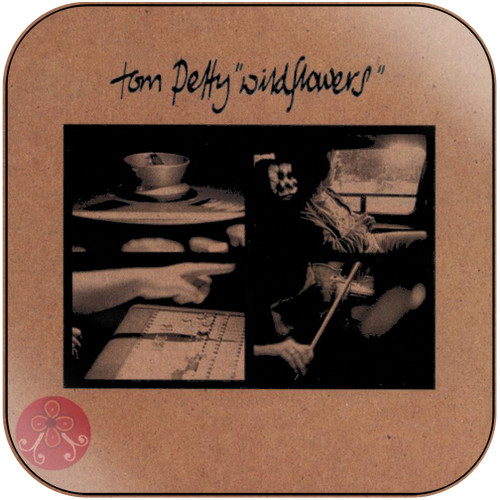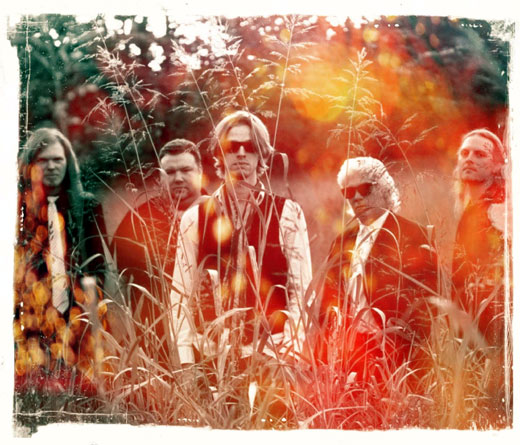


Then “…and it’s wake up time” must be delivered as dryly as possible. And the line “alone in this world…” must be sung with every ounce of his energy. We also hear him realize that the “what happened” in “Wake Up Time”, the piano ballad that ends the album, must be spoken. I always took for granted, there were kids in the song, but aside from Petty’s use of “everybody” to describe the broken home, none are mentioned that chromatic motif implies their existence. The piano solo could be the upright in the family living room, Dad entertaining the family with a few jazz licks. The descending chromatic figure is like a child practicing a scale, and maybe the triangle ticking in the back is the other kid rummaging through a box of toys. The home-recorded “To Find a Friend” loses a lot of its power in losing that melody, and listening to the final recording, we realize why. After each verse, a descending chromatic melody appears. It’s a masterclass in empathy, one of the best songs ever written about deciding whether or not to prioritize your happiness over someone else’s, a visualization of the pushover’s dilemma. “In the middle of his life / Left his wife,” Petty sighs to himself, two years before he would make that decision. Take “To Find a Friend”, possibly Petty’s best song, in which he uses two harrowing verses to debate with himself whether or not he should dissolve his marriage. How it wrecks us are more subtle, and listening to Wildflowers take shape helps us understand it a little better. This is not an album that follows breakup-album clichés and is often joyful and funny, permeated with that shaggy weed-country charm that follows Petty around like an eager Australian shepherd.

As the record takes shape in Petty’s home studio, we understand how Petty managed to make Wildflowers so uniquely devastating. What makes Wildflowers & All the Rest worth perusing is the home recordings. Aside from a few stragglers that ended up on his soundtrack to the rom-com She’s the One, it’s safe to say the best songs made it to the album, and the bonus tracks add up to an album as good as, say, Into the Great Wide Open. Instead, it gives us a new appreciation for the original album’s curation.
TOM PETTY WILDFLOWERS FULL
Wildflowers & All the Rest is supposed to give us the full Wildflowers experience, the White Album –like behemoth Petty meant us to hear. Wildflowers, the 1994 solo album Petty released before a painful divorce and subsequent heroin addiction, was originally meant to be a double album. Nobody ever expects him to follow up that line about the lights with the album’s thesis, located right at its climax on track 14 out of 15: “I’m so tired of being tired / Sure as night follows day / Most things I worry about/Never happen anyway.” Instead, we get one of the most harrowing subject changes in rock history. He starts to explain how they escaped “in a U-Haul van with a five-piece band”, but after the tape stops rolling, he realizes that extra verse has to go. That’s no doubt a reference to one of the other great divorce albums, Richard and Linda Thompson’s Shoot Out the Lights. There’s a lyric deep in the song about the kind of bar fight we recognize from the American road myth with which he’s been long enamored, ending when an Indian “shot out the lights”. Sometime between the home recording of “Crawling Back to You” on Wildflowers & All the Rest and the version that ended up on Wildflowers itself, Tom Petty figures it out.


 0 kommentar(er)
0 kommentar(er)
